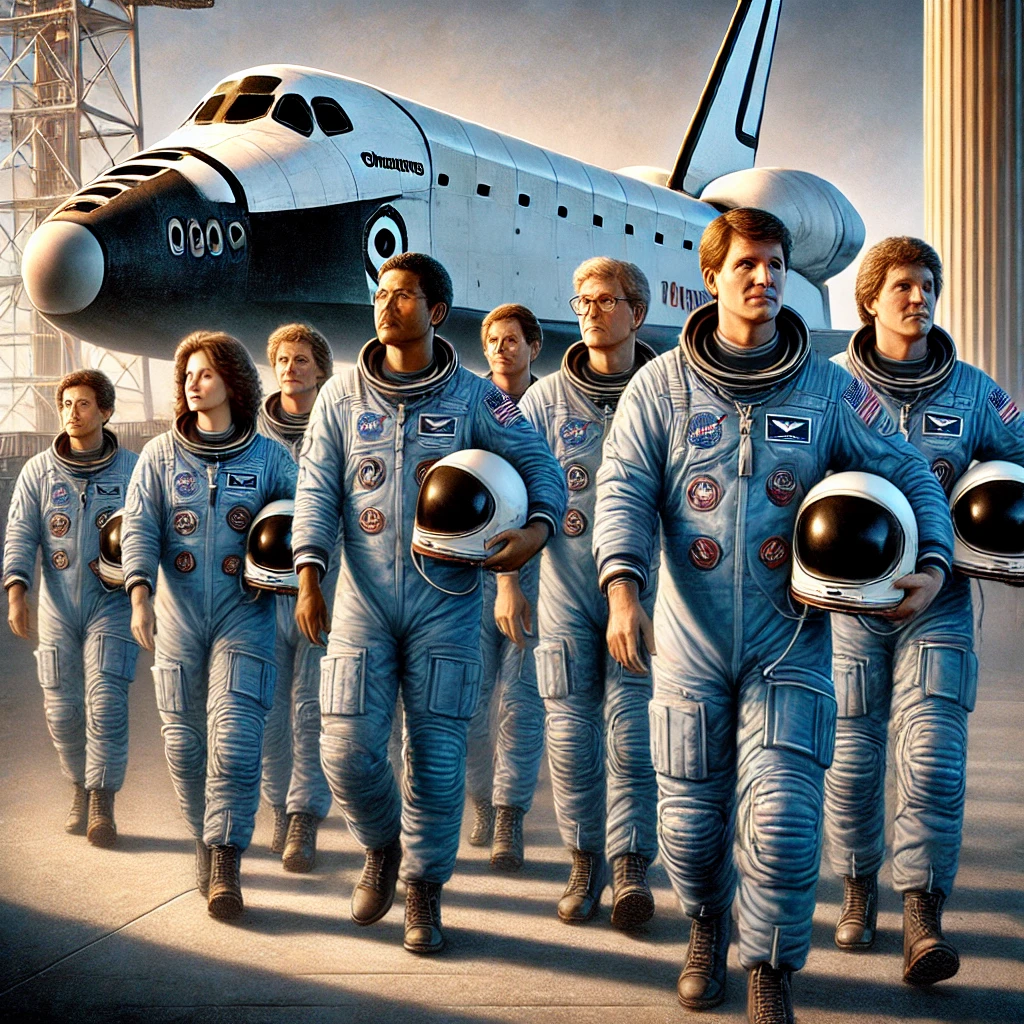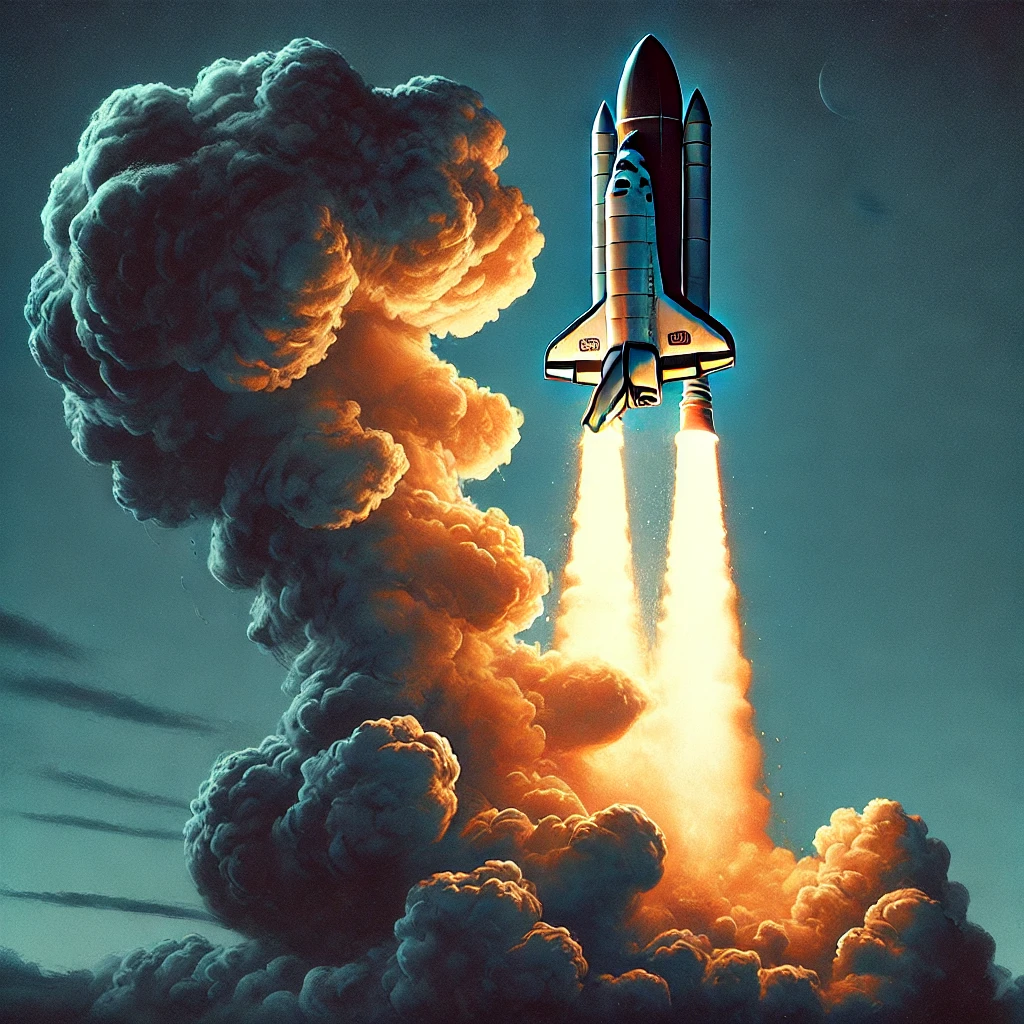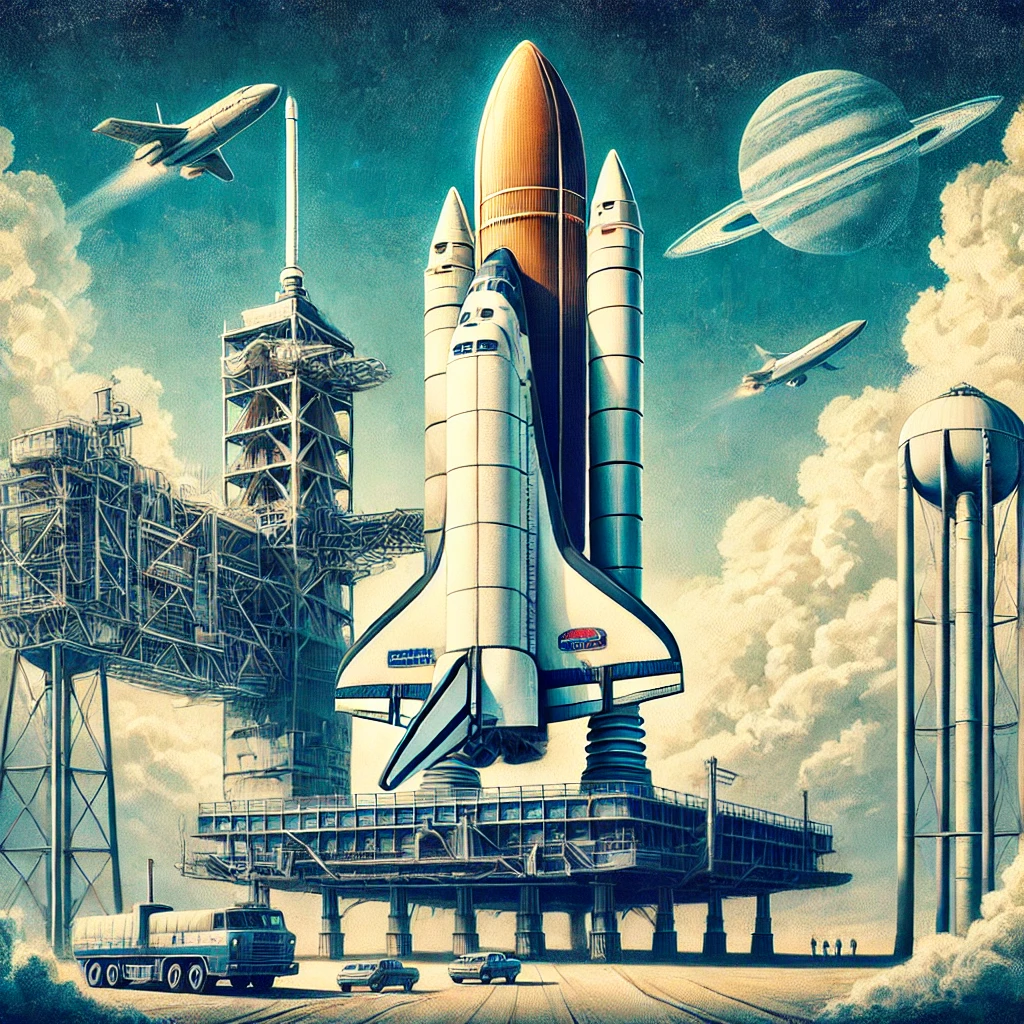A tragic event unfolded on January 28, 1986, as the Space Shuttle Challenger disintegrated just 73 seconds after liftoff. The disaster not only stunned the world but also had profound implications for NASA, space exploration, and the broader understanding of safety in technological endeavors. This catastrophic event, which claimed the lives of all seven crew members, including teacher Christa McAuliffe, continues to resonate as a somber reminder of the risks inherent in reaching for the stars.

The Challenger Mission and Its Crew
The Challenger’s mission, designated STS-51-L, was highly anticipated, with Christa McAuliffe set to become the first civilian and teacher in space. Her participation aimed to inspire students worldwide by teaching lessons from orbit, representing a bridge between education and space exploration. The crew also included experienced astronauts and engineers: Francis R. Scobee, Michael J. Smith, Ronald McNair, Ellison Onizuka, Judith Resnik, and Gregory Jarvis. Their expertise symbolized the promise of human achievement.
On launch day, the Challenger embodied optimism and innovation. However, unusually cold weather at Kennedy Space Center raised concerns about the shuttle’s components, particularly the O-ring seals on the solid rocket boosters. Despite warnings from engineers, the launch proceeded, setting the stage for the heartbreaking outcome.
The Tragedy and Investigation

Just over a minute into its flight, the Challenger disintegrated in a fiery explosion, witnessed live by millions of viewers, including schoolchildren across the nation. The horrifying sight of the plume of smoke and debris etched itself into the collective memory, marking a profound national tragedy.
In the wake of the disaster, the Rogers Commission was established to investigate the cause. The inquiry revealed that the failure of the O-ring seals in the right solid rocket booster, exacerbated by the freezing temperatures, led to the explosion. Beyond technical issues, the investigation exposed deeper problems within NASA’s organizational culture, including flawed decision-making processes and a lack of attention to safety concerns raised by engineers.
A Lasting Legacy

The Challenger disaster profoundly impacted space exploration and safety protocols. NASA implemented significant reforms, redesigning the shuttle’s components and fostering a culture prioritizing safety and accountability. These changes aimed to prevent such tragedies and honor the memory of the lost crew.
The event also left a lasting imprint on public consciousness, sparking a dialogue about balancing risk and ambition in the pursuit of innovation. Today, the Challenger crew’s legacy lives on through initiatives like the Challenger Learning Centers, which engage students in STEM education and inspire a new generation of explorers. The lessons from this tragedy continue to influence industries where safety and progress intersect, serving as a testament to resilience and the unyielding human drive to explore the unknown.
